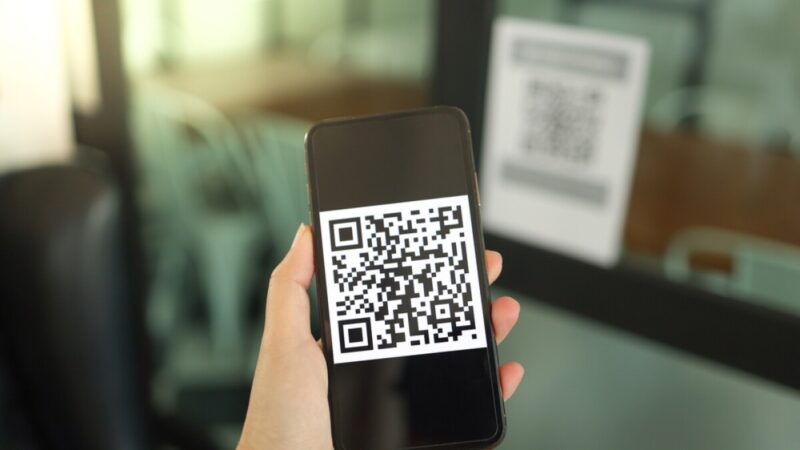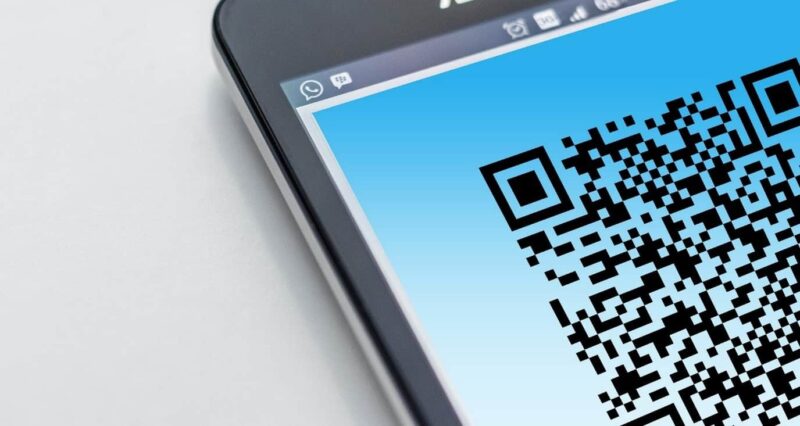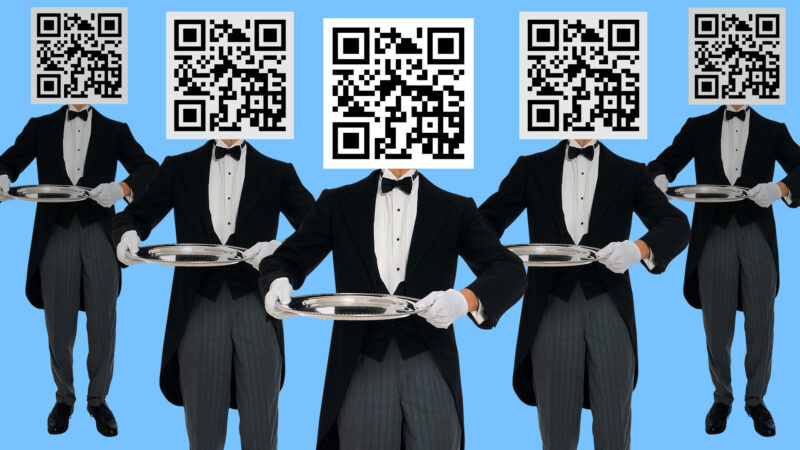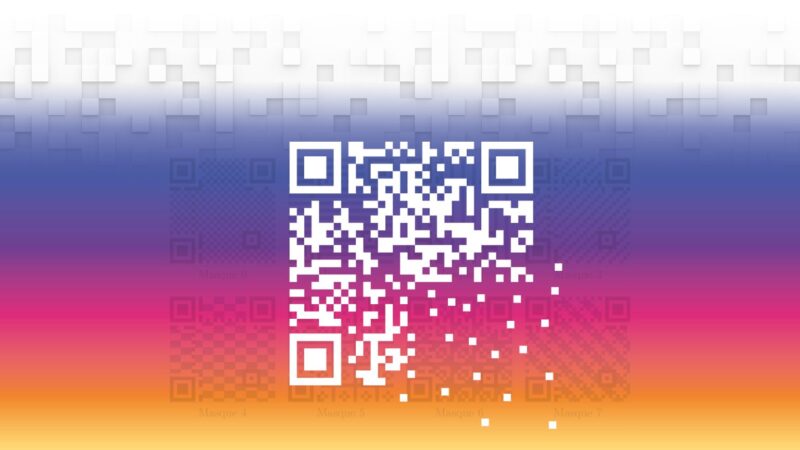The landscape of education is changing rapidly. Technology helps to turn static teaching into dynamic, interactive experiences for students. An example of such a new technology, which has already become famous in recent years, is the Quick Response (QR) code.
With the introduction of Adobe Express, teachers can use QR codes in educational materials and produce an environment for interactive education where students may easily find extra resources.
The whole teaching process is made more interesting by this. Invented for tracking goods, QR codes were put to surprising use in education and made possible for the next generation of interactive learning.
Understanding QR Codes
Let us understand QR codes in detail:
1. Definition And Functionality
The QR code is a barcode in two dimensions. Information is stored in black squares on a white background arranged in tiny matrixes.
It converts data quickly and conveniently into hard copies that can be read by scanning it with a mobile device carrying a camera. It is its main task.
2. How QR Codes Work In Education?
QR codes can contain links to websites, videos, or text. In this way, students can use their smartphones or tablet computers to scan these codes and be immediately directed through a Web page.
A much-simplified learning process results from all of this. QR codes are convenient and provide rapid access to the desired material. Indeed, they can be an effective way of enhancing students’ studying skills.
Advantages Of QR Codes In Education

Here are the advantages of QR codes in education:
1. Instant Access To Resources
With the help of QR codes, students can easily get more learning materials–articles or videos. They can even include interactive quizzes for immediate feedback and embellishments that make them easier on the eyes.
This direct access to information increases interactivity and promotes independent study or the the cultivation of a more complete learning experience. QR codes that appear in lesson plans stimulate a sense of interest and originality among students, breaking them out from under the blanket held over traditional textbooks.
2. Gamification of Learning
When QR codes are added to educational materials, so can teachers. Students can use the scanning codes to unlock achievements, earn points, or reveal hidden clues. Education again becomes a game.
As children learn by actually playing and interacting, the process educates while it entertains. Using this gamification approach thus not only provides students with a comfortable learning environment, it also fuels the intrinsic learner inside every student.
Practical Applications Of QR Codes In Education

These are a few applications of QR codes:
1. Resource-Rich Learning Materials
They are used by the learning materials such as:
a. Interactive Textbooks
QR codes in textbooks can point to supplementary materials, such as video explanations or simulations of concepts and exercises. It makes learning far richer and more rewarding for the students.
By incorporating multimedia elements into them, textbooks offer students a wide variety of resources and give the entire learning experience added depth. Interactive textbooks contain QR codes which enable a multi-sensate approach to the content– ideal for students of all learning styles.
b. Museum And Field Trip Enhancements
QR codes can substitute for hands-on learning experiences like museum visits or field trips. A typical outing is transformed into a multimedia educational romp. Scanning the codes gives access to extra information, audio guides, or interactive maps.
This style of teaching not only makes learning more interesting for students but allows them to search and discover knowledge by themselves. Field trips seasoned with QR codes help vitalize learning and give one a lifetime’s love of education.
2. Assessment And Feedback

QR codes are used for assessments and feedback:
a. Instant Feedback On Assignments
By using QR codes in assignments, teachers can provide the students with instant feedback. For example, by scanning the code there are more detailed comments explaining corrections and additions to encourage prompt learning feedback.
This immediate feedback mechanism accelerates the learning process and helps create a culture of continuous improvement.
As a result, students can rapidly hone their grasp of the material. The application of QR codes in the assessment process forms a feedback aspect to enhance learning, that brings about action and reflection, for an eternal cycle.
b. QR Code-based Assessments
Educators can develop creative tests with QR codes. For example, students can scan a code to launch a quiz. Their answers are immediately graded. This real-time feedback means that teaching methods can be plugged in and out based on how students perform.
Adopting QR code-aided testing means evaluation is streamlined and teachers can amend their teaching according to student learning needs. QR codes integrated into the assessment process simplify not only grading procedures but also provide teachers with an understanding of how each student is advancing, so that lessons may be appropriately adjusted.
Overcoming Challenges And Ensuring Accessibility

It is essential to overcome challenges and to ensure accessibility:
1. Addressing Privacy Concerns
QR codes have many benefits, but you must be concerned about privacy issues. Teachers need to make sure that the information written in QR codes conforms to privacy regulations, keeping kids’ data safe.
Not only does the privacy concern protect students’ privacy, but it also creates trust and confidence in using QR codes as an educational tool. If strong privacy protection can be adopted, then using QR codes in education will also uphold ethical standards, with a safe and suitable environment for learning.
2. Ensuring Equitable Access
If schools are to fully use the potential of QR codes in education, they must first solve problems with device accessibility. Now loaner devices, or QR stations on campus, can help see that no student misses out on this interactive learning.
If educational institutions strive for equal opportunity, technology can provide an environment where each student has the same chance to learn. Equitable access reveals the spirit that technology is a great equalizer in education. Rewarding educational experience can transcend socio-economic inequality.
Conclusion
QR codes are an educational revolution tool encouraging interaction and active learning. Digital content and traditional teaching techniques enable teachers to lead different styles of formative education.
They can thus create an animated and student-centered classroom atmosphere. Given the increasing importance of high-tech applications, QR codes will play an ever more important role in creating educational experiences for tomorrow. A whole new world of interactive learning will be opened up before your very eyes.
